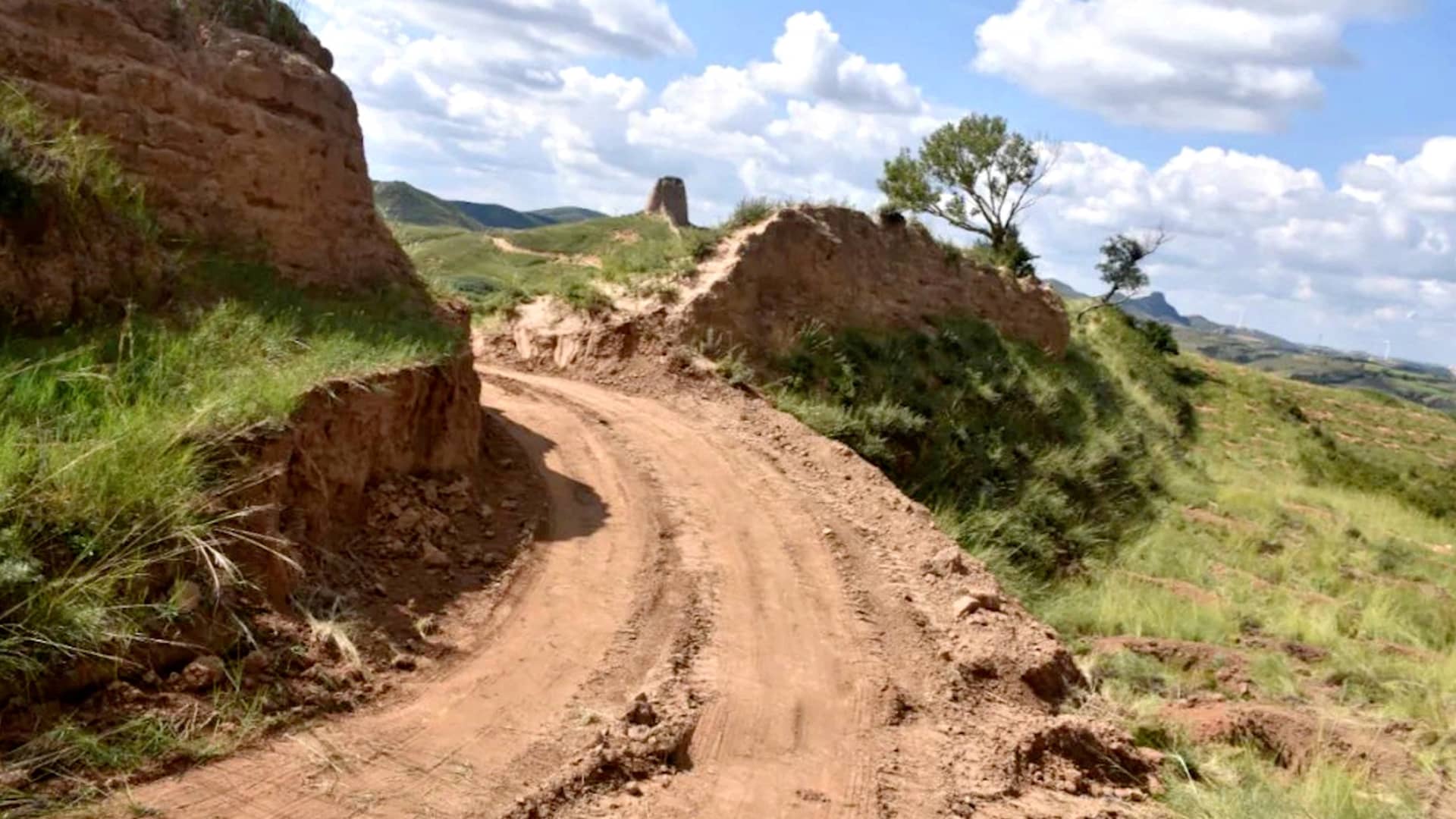Products You May Like
It may have seemed like a good idea at the time.
In an apparent attempt to create a shortcut, two people allegedly used heavy machinery to remove a sizeable section of the Great Wall of China in Shanxi province, according to an online notice by local authorities.
The duo used an excavator to widen a pre-existing gap so that their heavy machinery could pass through it, according to the notice issued by Youyu County security officials.
The pair — a 38-year-old man named Zheng and a 55-year-old woman named Wang — removed the wall “to shorten a journey,” according to a CNBC translation of the notice published on Aug. 31. The suspects are both from Inner Mongolia.
Case solved ’the same day’
An investigation into the damage started and ended on the same day, according to the notice, which stated that officials learned of the damage on the afternoon of Aug. 24, rushed to the scene and located the pair with the excavator.
The pair severely damaged the wall in an area built under the Ming Dynasty that has “relatively complete side walls and beacon towers,” according to the notice.
Though parts of China’s Great Wall have fallen into disrepair, the portions constructed during the Ming Dynasty (1368-1644) are considered to be some of the best preserved sections of the wall and are often depicted in photographs and travel brochures.
This Ming Dynasty section is some 5,500 miles long — less than half the total length of the wall, according to Britannica.com.
The Great Wall was named a UNESCO World Heritage Site in 1987.
A difficult summer for famous sites
The episode is the latest in a string of high-profile incidents involving damage to world famous tourist sites this summer.
In June, a tourist was filmed using a key to carve “Ivan+Hayley 23” into a brick wall of the Colosseum in Rome. The man later penned a letter of apology to the city’s public officials claiming he did not know the 2,000-year-old amphitheater was ancient.
In July, an Italian tour guide filmed a Swiss teenager attempting to deface a wall in the Colosseum, a French tourist reportedly confessed to carving a heart and initials into the Leaning Tower of Pisa, and a Canadian teen is said to have used his fingernail to carve a name into Japan’s Toshodaiji Temple, a UNESCO World Heritage Site founded in 759.
